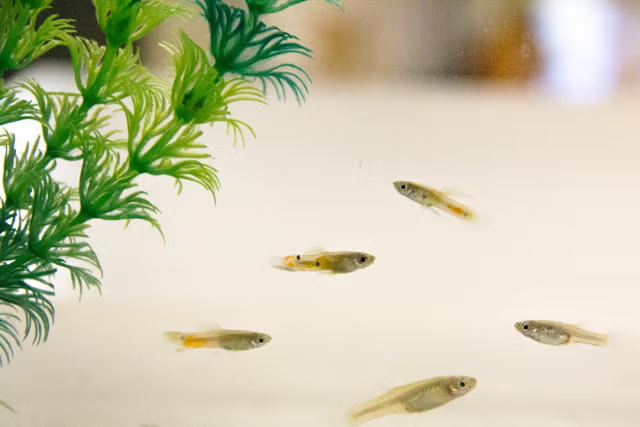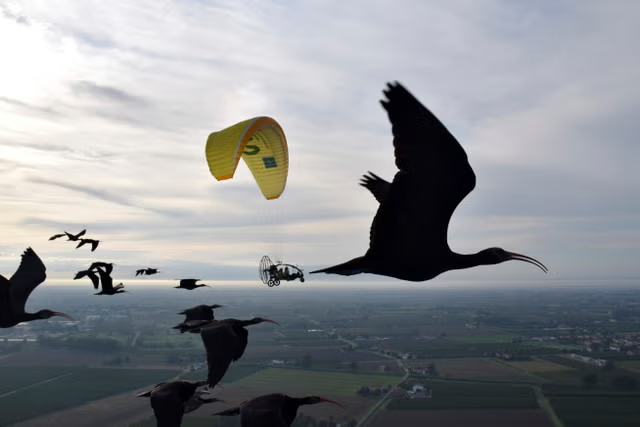A team of oceanographers led by the Schmidt Ocean Institute has made a significant discovery in the Southeast Pacific, uncovering and mapping a previously unknown seamount on the Nazca Ridge, located 900 miles off the coast of Chile.
The Nazca Ridge is part of an underwater mountain chain that, along with the Salas y Gómez Ridge, is under consideration for designation as a high-seas marine protected area. It harbors a thriving deep-sea ecosystem, including species so rare they're yet to be officially named.
The newly discovered seamount, towering over 1.9 miles, was one of the key findings from a 28-day expedition to the international waters of the Nazca Ridge. In addition to mapping the seamount, the team conducted an exploratory dive using an underwater robot, which revealed rich biodiversity, including sponge gardens and ancient corals.
"On this expedition, we think we found another 20 new species to add to that overall previous count of 150, as well as about 80 species that have never been seen in this part of the world before," Jyotika Virmani, executive director of Schmidt Ocean Institute and co-chief scientist of the expedition, told Newsweek.
Among the findings was the first recorded sighting of a Casper octopus in the Southern Pacific. "The reason it's called Casper is after the ghost," Virmani explained, referring to its translucent, ghostlike appearance.
This octopus has never been captured, with all existing knowledge based solely on sightings.
"It's never actually been caught; it's only ever been seen. There's really not much information on what species it really is and what its characteristics are truly because there's never been any actual live sample of this cute little octopus," Virmani said.
With no scientific name yet assigned due to the lack of physical specimens, the octopus continues to be a subject of fascination. "For now, the placeholder name is Casper," Virmani said.
The Casper octopus was observed at a depth of 4,443 meters, almost three miles below the ocean's surface.
The mission also yielded a remarkable first—capturing camera footage of a live Promachoteuthis squid. This rare genus has only been described from a few dead specimens, with some dating back to the late 1800s.
Other finds included one of the deep sea's most bizarre and elusive creatures, the flying spaghetti monster, a nickname given to a rare species of siphonophore. These creatures are not just single organisms but rather a colony of specialized, self-replicating units called zooids, which work together as a single entity.
Virmani described the image of the siphonophore as "a very rare piece of footage and photography of that creature."
The list of new and rare species in this region grows with every expedition.
"There's a whole range of different types of new species. There were anemones, urchins, mollusks, shrimp and squat lobster," Virmani said.
"There were some very impressive coral gardens, and so I think there's a couple of potentially new coral species as well. And then maybe—these are all yet to be fully confirmed—there's a possibility of a new whale species."
Virmani said the new whale discovery was made from recovered fossils rather than a living specimen. "There's still a lot to be analyzed, but it's possible."
During this latest mission, an additional 20 suspected new species were collected, adding to the region's growing ocean life catalog. Prior to these expeditions, 1,019 species were known to inhabit this part of the Pacific Ocean; that number has now surpassed 1,300.
But beyond discovering an abundance of rare ocean life, the expedition's key objective was mapping the region.
"Everyone thinks the whole seafloor has been mapped because if you look on Google Maps, there are features and stuff. But it's really been mapped at a very coarse one-kilometer resolution," Virmani said.
"Right now, only about 26 percent of the seafloor has been mapped to a high resolution, and you really need that map as the fundamental basis for looking at where the biodiversity hotspots are."
The new map, made by a team of hydrographers who graduated
from the Center for Coastal and Ocean Mapping/Joint Hydrographic Center at the University of New Hampshire has improved the resolution to tens of meters.
This data will contribute to the Nippon Foundation-GEBCO Seabed 2030 Project, enhancing global understanding and management of the Nazca and Salas y Gómez regions.
"Our findings highlight the remarkable diversity of these ecosystems, while simultaneously revealing the gaps in our understanding of how the seamount ecosystems are interconnected," co-chief scientist and Schmidt Ocean Institute marine technician Tomer Ketter said in a statement.
"We hope the data gathered from these expeditions will help inform future policies, safeguarding these pristine environments for future generations."
Do you have a tip on a science story that Newsweek should be covering? Do you have a question about seamounts? Let us know via science@newsweek.com.
Disclaimer: The copyright of this article belongs to the original author. Reposting this article is solely for the purpose of information dissemination and does not constitute any investment advice. If there is any infringement, please contact us immediately. We will make corrections or deletions as necessary. Thank you.



